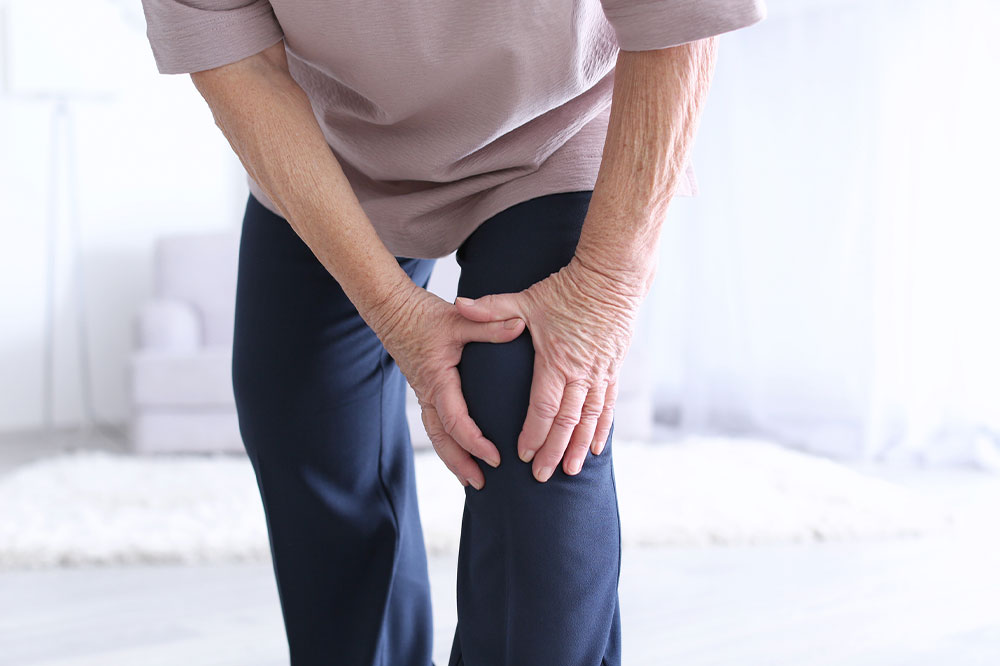
Learning the various aspects of gout pain
Gout is an arthritis type that causes swelling, intense pain, and stiffness, typically in the joint at the big toe’s base. The primary cause of gout pain is high uric acid levels in the body, mainly because of food habits. Gout affects over 8.3 million people in the country. It is more common in females than males, but only in the post-menopause period. Gout attacks may be sudden and keep recurring over time.
Causes
An increase in the uric acid buildup causes gout. When our body breaks down purines, which is a chemical in certain beverages and fruits, it makes uric acid. Kidneys filter the uric acid, eliminating it from the body via pee. Sometimes, your body may make uric acid in access, or the kidneys cannot quickly remove it from the blood, resulting in high uric acid levels. It results in the formation of uric acid crystals that build up and settle in the joints. These crystals clump together, triggering gout pain, swelling, and other related signs. However, temporarily having a spike in uric acid levels does not necessarily mean you will develop gout.
Risk factors
Anyone can get gout pain. However, males are thrice as susceptible to developing gout than females throughout their lives. Usually, females do not experience gout until after menopause. Further, some underlying causes can aggravate your risk of developing gout. These include:
Diabetes
Blood cancer
Kidney disease
Hypertension
In addition, your risk of developing gout is higher if you:
Have a grandparent or biological parent with gout
Take immunosuppressants
Have diuretic remedies
Symptoms
Usually, the symptoms of gout, such as a sudden sharp pain, occur suddenly at night. The other symptoms of this condition are as follows:
Intense joint pain
Gout mainly affects the big toe. However, it can occur in any joint. Some other commonly affected joints are fingers, wrists, elbows, knees, and ankles. The pain is more severe in the first four to twelve hours after it starts.
Lingering discomfort
You may still experience joint discomfort after the intense pain settles. It can last from a few days to a few weeks. The later attacks usually last longer and affect more joints.
Redness and inflammation
The infected joints may seem tender, warm, swollen, or red.
Limited range of motion
As the disease advances, you may be unable to move your joints normally.
Diagnosis
Gout pain diagnosis is straightforward, particularly if you have symptoms associated with the condition, such as an attack on the big toe. However, in some people, the diagnosis may be tricky. Hence, your doctor will inquire about your symptoms and run some tests. These are as follows:
Blood tests
These measure the urate levels and can help with diagnosis. However, they are not always enough to confirm gout.
Scans
CT Scans and ultrasounds can help identify joint damage from gout.
The synovial fluid test
It is one of the best ways to confirm the diagnosis and eliminate all other causes. The doctor takes a synovial fluid sample by inserting a needle in any joint. This fluid then goes for testing for urate crystals. In people with tophi, the doctors may use that instead.
Treatment options
When left unchecked, gout can aggravate, causing gouty arthritis, a severe arthritis type. It is a painful condition that leaves your joint permanently swollen and damaged. Hence, a treatment plan is necessary. Doctors recommend treatment options depending on the gout’s severity and stage. Here are some options:
Prescription treatments
These work in two ways – They lower inflammation and reduce gout pain or avoid gout attacks by reducing uric acid levels. Some commonly prescribed treatment options include NSAIDs and corticosteroids. Some options that reduce future gout attacks are probenecid and xanthine oxidase inhibitors like febuxostat and allopurinol.
Alternative treatments
Beyond the above treatment options, the doctor may advise lifestyle changes to reduce the susceptibility of future gout attacks and manage the symptoms. Further, some complementary therapies can also help with the treatment.
Surgery
It is usually possible to treat gout without surgery. However, after several years, the condition can cause infections in the skin covering the joints, tear the tendons, and damage the joints. Further, tophi or hard deposits may build up on the joints and in other places, such as your ear. These lumps are swollen and painful and can permanently damage the joints. So, the doctor may recommend some surgical treatment options for tophi. These include:
Joint replacement surgery
Joint fusion surgery
Tophi removal surgery
The surgery your doctor will recommend depends on the damage severity, personal preference, and the tophi location.




